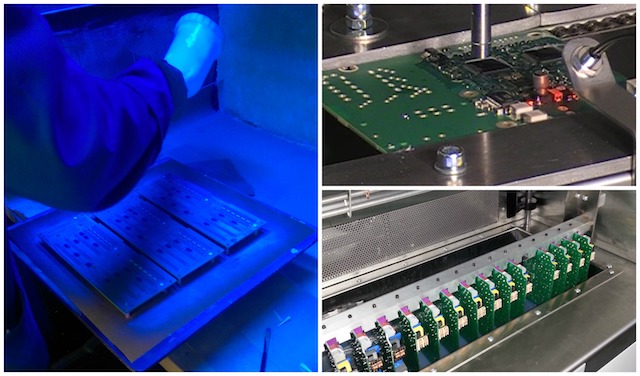
The set up of a conformal coating production line regardless of the application method has many similar characteristics.
Any coating facility will need the basic requirements put in place that would be standard for any piece of electronic manufacturing process.
These include ESD systems, facilities for the machines, the environmental requirements and the normal Health & Safety (HSE) considerations.
Also, the conformal coating production line, whether it is an operator manually brush coating printed circuit boards (PCBs) or an inline robotic spray coating process is typically made up of several stages.
These stages are shown below:

Not all the stages are mandatory or may be required. However, each should be considered on an individual basis.
Want to find out more about setting up a conformal coating facility?
Download our technical bulletin on setting up a conformal coating application process.
Or, contact us to discuss your needs and let us explain how we can help you.
Contact us now.

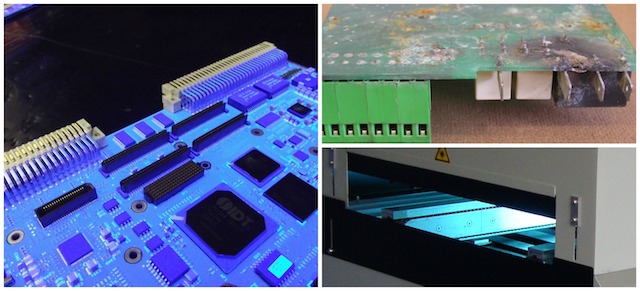
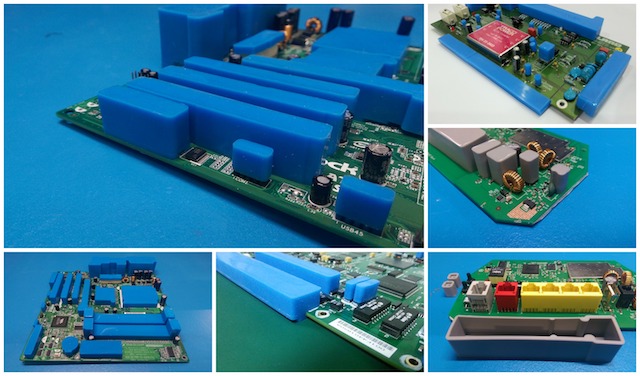
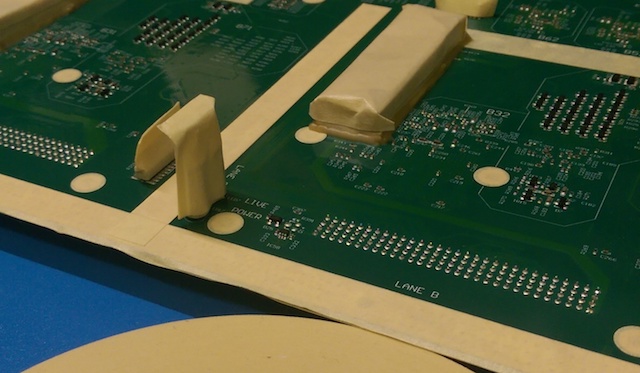
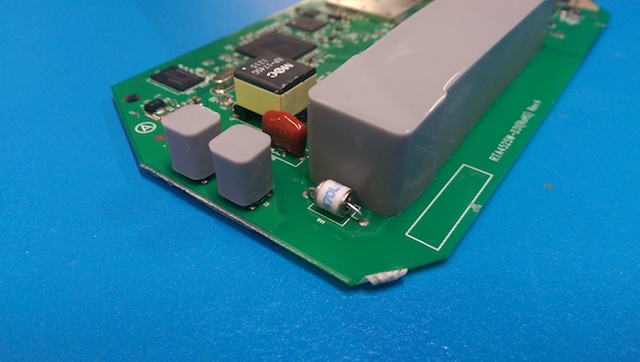
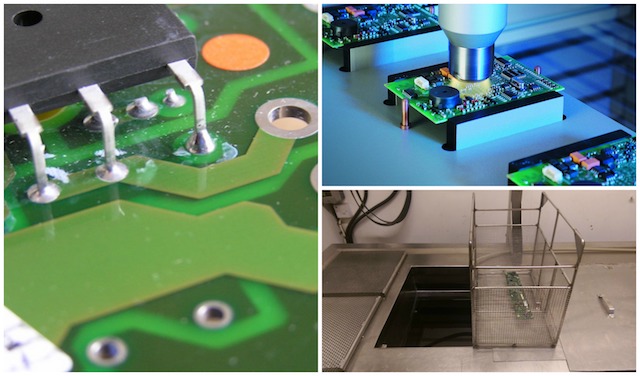
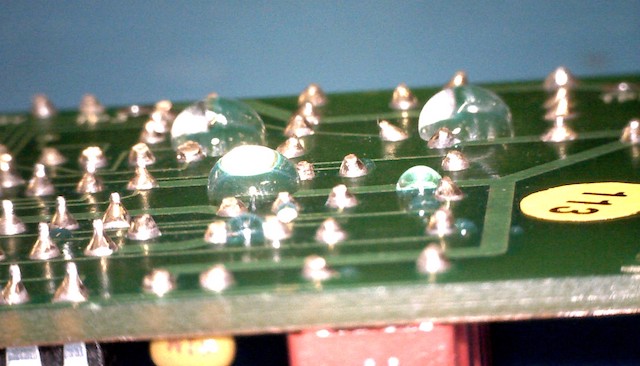
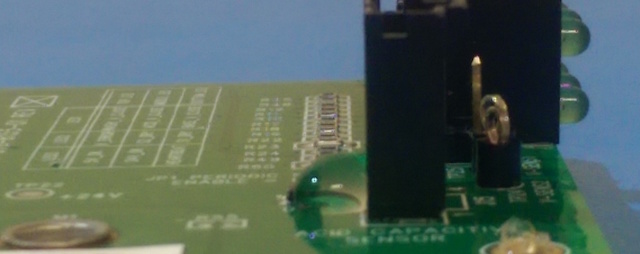


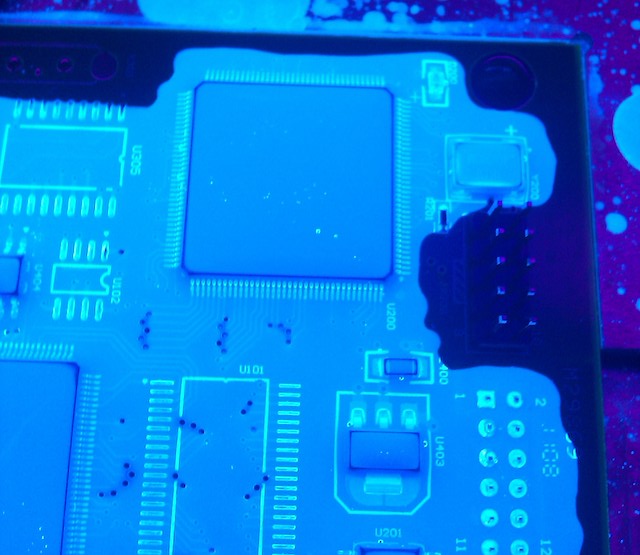
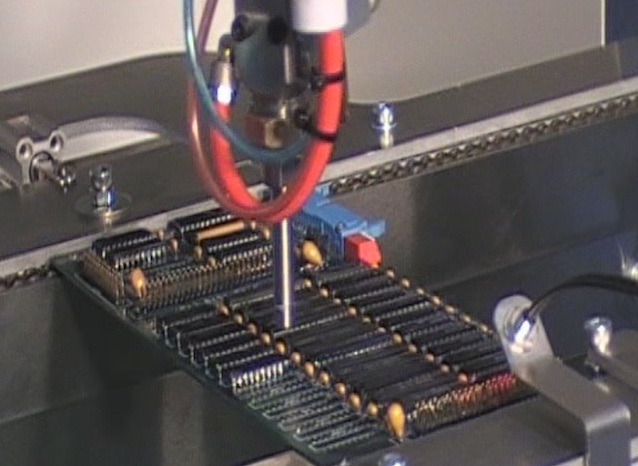


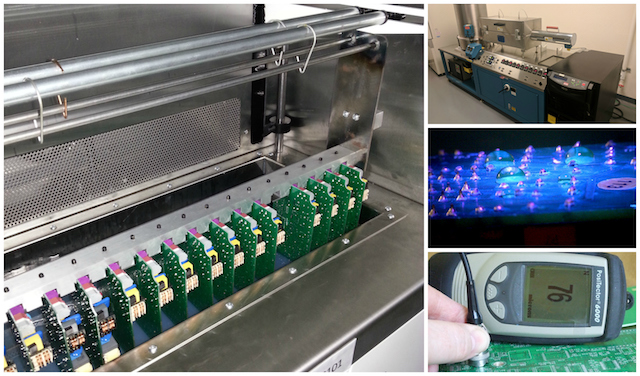 Conformal coatings can be applied to printed circuit boards (PCB) in the production process environment in many alternative ways.
Conformal coatings can be applied to printed circuit boards (PCB) in the production process environment in many alternative ways.